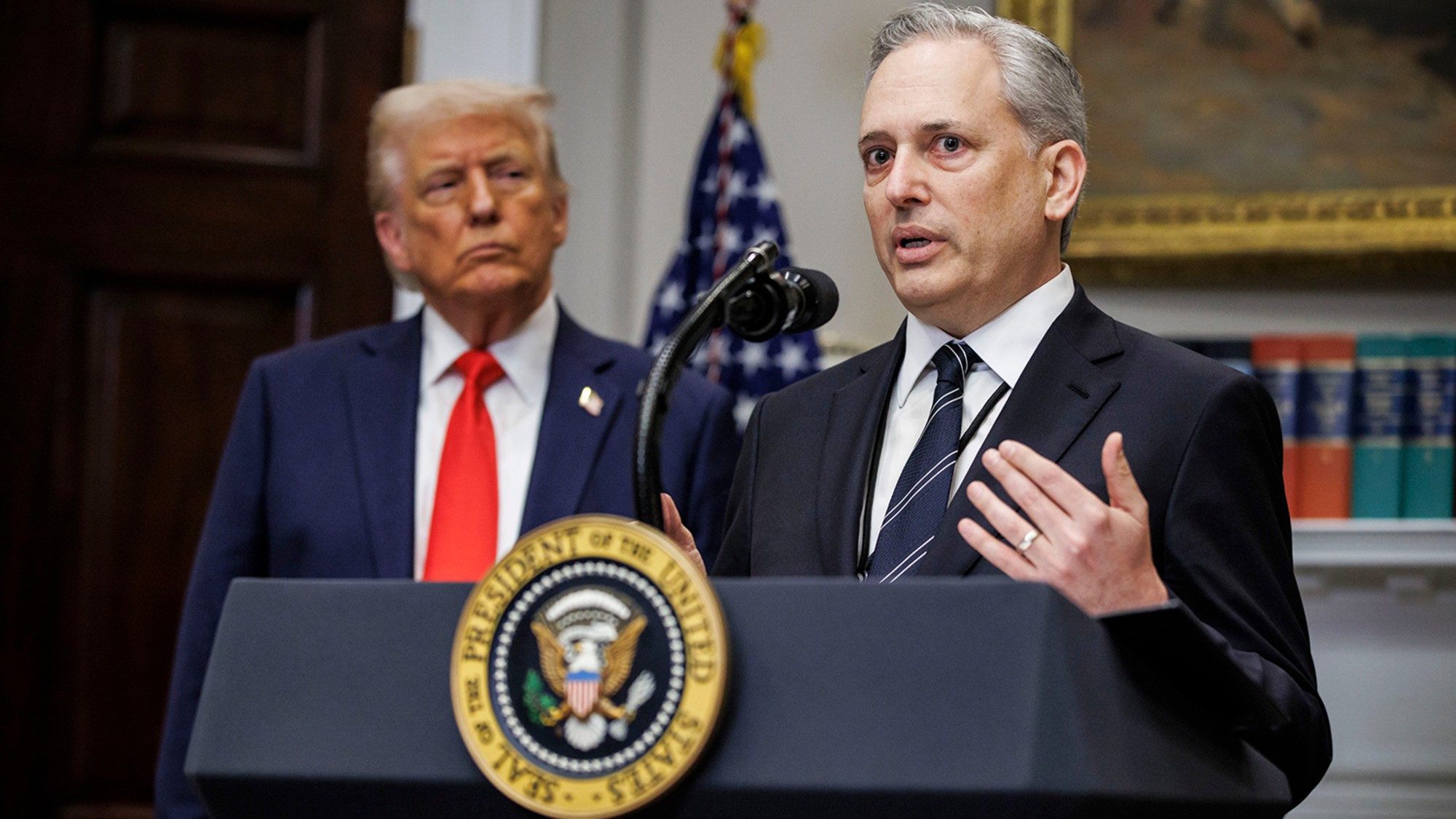The Soviet War Scare of 1983: Declassified


Able Archer 83 was a NATO nuclear command post exercise that the Russians almost mistook for the real thing — a U.S. first strike. And when President Reagan learned about this, it stuck on his conscience. It may have been a turning point in the Cold War. About the same time as Able Archer, Reagan received his first briefing of the nuclear war plans, and was told that a winnable nuclear war would cost at least 60 million lives. And he watched, along with millions of Americans, a made-for-TV movie about the horrific aftermath of a nuclear apocalypse.
Today, Nate Jones at the National Security Archive at George Washington University has published a treasure trove of previously classified documents about the frenetic months leading up to Able Archer, including the handwritten notes of a conversation that former U.S. Ambassador to the Soviet Union Averell Harriman had with Soviet Premier Yuri Andropov, classified CIA and NSA histories about war tensions, new recollections from Soviet officials who opened up to archivists in the 1990s, and detailed information about the psychological operations campaign that may have stoked Soviet fears about U.S. intentions.
Historians today question whether Russia really believed that Reagan intended to strike first, but as the evidence sees the light of day, it is hard to avoid that conclusion, even factoring in propaganda and the well-reported paranoia of the Soviet leadership.
The Week
Escape your echo chamber. Get the facts behind the news, plus analysis from multiple perspectives.

Sign up for The Week's Free Newsletters
From our morning news briefing to a weekly Good News Newsletter, get the best of The Week delivered directly to your inbox.
From our morning news briefing to a weekly Good News Newsletter, get the best of The Week delivered directly to your inbox.
The scary thing is that the United States national security establishment either ignored or did not believe the extent to which Russia was genuinely afraid. It took incidents like Able Archer to convince Reagan that nuclear brinksmanship was something that he could not leave to the interagency policy-making apparatus. It was too important; he had to take the reins himself. He was the still the Cold Warrior that history remembers, but from that moment on, he had a laser-like focus on preventing nuclear catastrophe. It was, in some senses quite literally, a religious mission.
A free daily email with the biggest news stories of the day – and the best features from TheWeek.com
Marc Ambinder is TheWeek.com's editor-at-large. He is the author, with D.B. Grady, of The Command and Deep State: Inside the Government Secrecy Industry. Marc is also a contributing editor for The Atlantic and GQ. Formerly, he served as White House correspondent for National Journal, chief political consultant for CBS News, and politics editor at The Atlantic. Marc is a 2001 graduate of Harvard. He is married to Michael Park, a corporate strategy consultant, and lives in Los Angeles.
-
 Trump vs. states: Who gets to regulate AI?
Trump vs. states: Who gets to regulate AI?Feature Trump launched a task force to challenge state laws on artificial intelligence, but regulation of the technology is under unclear jurisdiction
-
 Decking the halls
Decking the hallsFeature Americans’ love of holiday decorations has turned Christmas from a humble affair to a sparkly spectacle.
-
 Whiskey tariffs cause major problems for American distillers
Whiskey tariffs cause major problems for American distillersIn the Spotlight Jim Beam is the latest brand to feel the pain
